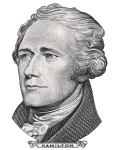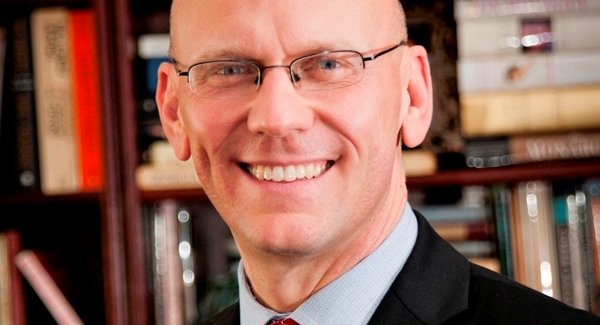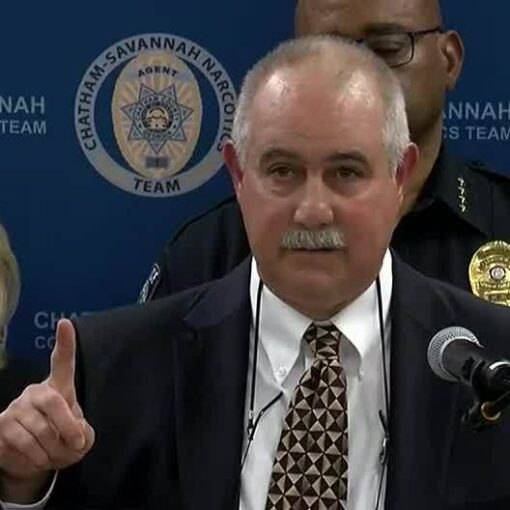Perspectives on Savannah’s Monuments, Confederate and Other
On August 18, Roger Smith, the Director of The Learning Center, made a Zoom presentation to the Skidaway Hamiltons and their guests from the Abigails. Roger emphasized that he is not a historian, but he has spent a considerable amount of time learning about Savannah’s many monuments. He indicated that the views he was expressing were his own and were not the views of The Learning Center.
Roger said that Savannah was a city of monuments and markers. The first monument in Savannah no longer exists. It was to Tomochichi following his death. Erected in 1739 in Wright Square, it was a pyramid of stones. It reflected the great connection between Tomochichi and James Oglethorpe. Roger believes it may have been the first monument in North America. The oldest existing monument is the statue of Nathanael Greene in Johnson Square. Erection of the monument began in 1825. Other early statues were of Casimir Pulaski (1855) and Sergeant William Jasper (1888). Roger suggested the possibility that Southerners built monuments to Revolutionary War heroes partly because they view the Confederates as the true successors to America’s revolutionary spirit. Roger also mentioned the Haitian Monument in Franklin Square. Erected in 2009, it honors the 500 soldiers from Haiti that fought the British during the Siege of Savannah. Roger pointed out that Haiti was the first country to stage a successful revolution after the United States.
The statue of James Oglethorpe in Chippewa Square was not erected until 1910. The monument was designed by Daniel Chester French. Why so late? It was a matter of financing. Monuments are typically privately funded and are often associated with military fervor. When the Oglethorpe statue was erected, the small busts of high-ranking Confederate officers McLaws and Bartow were moved to the base of the Confederate Memorial in Forsyth Park. The Confederate Memorial in Forsyth Park is, indeed, a memorial, not a monument. A memorial celebrates those that died. Roger pointed out that there was tremendous suffering and shame in the South following the Civil War defeat. It was often women who had to take initiatives because a generation of men were lost or physically or psychologically damaged. It was women who originated the idea of the Lost Cause, rebranding the War. It was the Ladies Memorial Association who initiated the idea of the Confederate Memorial and raised money for it. The Memorial was originally had two allegorical statues: “Silence” (be quiet and think about the loss) and “Judgment” (asking questions of God: Why are you trying us, the chosen people?). The statues were unpopular. George Wymberley Jones DeRenne commissioned and financed the existing statue of the Confederate Soldier which was erected in 1879. “Silence” was moved to Laurel Grove Cemetery, and “Judgment” was sent to Thomasville. Roger pointed out that the Confederate Soldier is at parade rest, submitting to the inevitable but ready for a manly struggle.
Roger believes that the Lost Cause notion that the Civil War was not about slavery belies the historic record as seen in the secession documents from all the Confederate states. Slavery was all over those documents. He also cited the Cornerstone Speech given by Alexander Stephens in Savannah in 1861. Stephens said that the statement “all men are created equal” was the great flaw in the Declaration of Independence. He said the Confederates are building their foundation on firm ground…that the Negro is not the equal of the white man.
Regarding the monuments as “history”, Roger said this. There is a difference between what we know and what we celebrate. Monuments are built to celebrate…to inspire, not to teach history. If we determine that monuments no longer reflect our values, it is valid to question whether they should still stand.
There was a public discourse regarding the Confederate monuments in 2017/18. The most vehement arguments supporting maintaining the monuments in place came from outside the Savannah community. The passage of Georgia SB 77, prohibiting the movement or changing of monuments, made these discussions moot.





